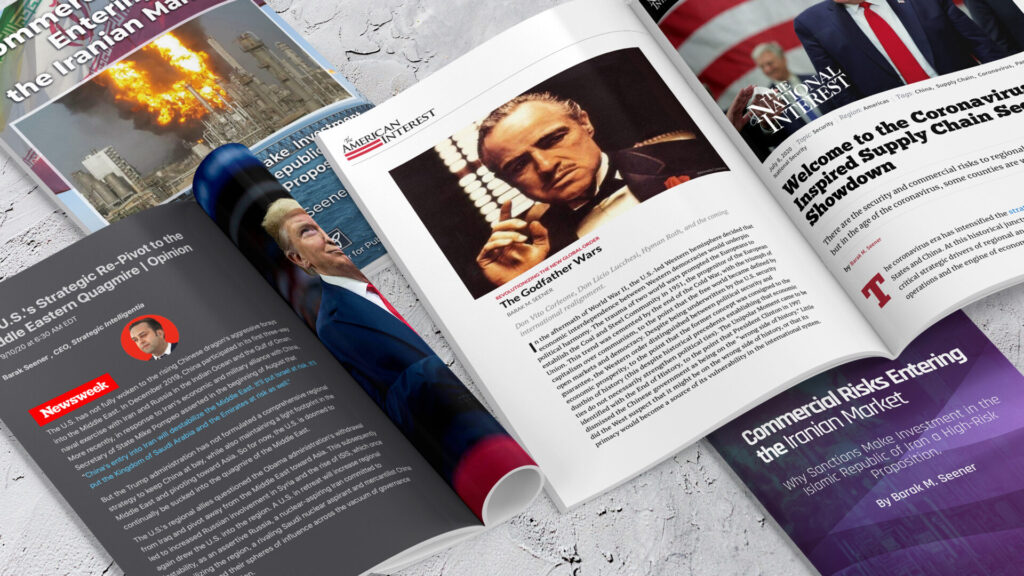“The truth is, even with self-confidence we cannot control the world. Some events are random.” Little did a 1998 Harvard Business Review article on organizational culture know its prescient view on accepting uncertainty would have fresh relevance over two decades later.
Whether you have been affected by COVID-19 directly or not, you have still been affected. This pandemic is unprecedented. It’s even sound to make sweeping statements that never in the modern world has everyone been on the same page, be it in Uruguay, Uganda or the United Arab Emirates – human kind has been brought together by the virus. The working population, even more so.
According to the World Economic Forum, the UN’s International Labour Organization predicts 1.6 billion informal economy employees could suffer “massive damage” to their livelihoods. In the second quarter of 2020 COVID-19 may cost the equivalent of 305 million full-time jobs. More specifically, in the US, 30 million Americans made unemployment claims in late April. In France, more than 1 million workers in the private sector are being supported by the state. In Canada the unemployment rate was up 13% in April from the previous month and 7.2 million have applied for emergency assistance. To be blunt, the findings are bleak.
We are at a moment of real change in the world of work. In the earlier part of the ‘What is a necessity?’ series, we demonstrated why digital transformation is a top priority. COVID-19 has hastened the digital transformation of vulnerable, traditionally-run companies. It has sparked dramatic changes across all industries.
In the meantime however, employees are exposed to increased risks of financial distress, facing layoffs and closures. And as a result, employees have been forced to adapt to either pay cuts, furlough, new online processes and operations, as well as compartmentalizing their home into a place of work and rest. It goes without saying that at the very least having an Internet connection is a necessity for employees, as having the ability to work from home has saved countless jobs, by being able to operate as if in the office.
Per Statista, 53% of young Americans said they viewed the Internet as essential to their lives during COVID-19 lockdowns. Another 34% viewed internet as important but not essential, while just 13% said it was unimportant to their pandemic lives. A clear majority of young Americans between the ages of 18 and 29 viewed the service as essential, with 62% classifying it as essential to their lives. And that is because, things are changing and we are having to shift, adapt, mould and move.
Human beings are not necessarily friends with change – as the Harvard Business Review piece highlights, “you can take the person out of the Stone Age, evolutionary psychologists contend, but you can’t take the Stone Age out of the person.” Change unsettles us, it makes us feel some level of pain – familiarity brings with it joy; the joy and pleasures of comfort. But as far as COVID-19 and the future of work is concerned, change has been a discomforting necessity. Resilience is the trend du jour. It is required to prepare for dealing with a constantly, even sometimes abruptly, changing environment – and we now know that in this life, anything is possible.
Many companies will rebalance their priorities in the coming months, so that resilience becomes just as important to strategy as cost and efficiency.
On average, people avoid risk-taking – except of course when threatened. Had COVID-19 not loomed large in our lives, we probably wouldn’t have felt the urge to reskill or upskill; but the necessity for survival has forced us to think outside the box to make us as indispensable and profitable as possible. Digital and tech skills are a standout right now.

Being wired to work through digital processes and operations has allowed employees and companies at large to flourish through these times. Many companies already had the technical infrastructure to work from home while others have had to initiate and codify novel ways of doing the work by building in essential digital dimensions – not only to move with the times but for the safety of its employees.
Had it not been for COVID-19, the old fashioned mentality of sitting in the office all day as a mark of productivity would have remained. Now, “bosses are starting to shift towards judging output, rather than the number of hours spent in front of the computer,” says personnel expert, Peter Cheese. He also said the pandemic had forced bosses to care more about the physical and mental wellbeing of their staff.
“It’s the biggest experiment we’ve ever had in homeworking. A lot of individuals quite like this – they have better work-life balance and they don’t feel they’re being scrutinized, and they don’t have to commute.” And the proof is in the pudding. Never has such a
large cohort of people, all over the world, worked remotely at once. The events as they have unfolded have shown how fast we can adapt, and have demonstrated that we can move faster and act in more agile ways than we thought. All of this highlights our innate ability to change, and to move away from prescribed approaches and standardized solutions. But moving away from a business perspective and looking at change from a from a human angle, it’s much more complex than that.
As an example of a company “putting people much more at the centre of thinking”, the Royal Bank of Scotland to “allow 50,000 staff to work from home for the rest of 2020 underlines radical changes in the workplace” according to BBC News. This has ben a cautious approach “to keeping staff safe”, a move echoed by similar decisions at the likes of Facebook, Google and Fujitsu.
And that speaks to employee capabilities. We may not be able to be everything but we can be anything. A key priority for employees is to begin honing skillsets and hyphenating them to include a wider scope of assets, because then it will stand them in good stead for future-proofing themselves as a lucrative and bankable team member.
Technology is accelerating the creation of new roles for employees. Changes in workload during the pandemic have sometimes resulted in an imbalance of resource allocation. Reskilling and upskilling can help employees move from one part of the business to another – especially in the age of digital transformation.
From our experience working with a companies on their digital transformation and the need to redistribute skillsets from one department to another, we have understood that the base requirement for a successful transformation and future proofing is looking deeply at what the company wants to achieve. When a company understands its goals and vision, from the top down and bottom up, it becomes clear to their clients and audience, too – and that translates into higher conversions, streamlined processes and higher productivity.
Specializing in both internal and external communications, our work begins from the inside and naturally extends to the out over time. Our initial assessments ares essential in knowing what works, what doesn’t work and why? If effective change is to happen, it’s imperative that companies dive directly into the sources of obstacles and successes to mitigate and amplify those issues during the transformation process.
When companies come to us with a plethora of aims for the future, we provide the framework and guidance on how to get there – like a road map with all the co-ordinates, if you will. Engaging with a wide variety of companies, in virtually every industry over the years, has taught us that communication within is without a doubt the most imperative tool to sharpen first in order for employees to unlock their potential and adjust to new procedures and operations and thrive thereafter.
In this unstable time, ensuring sustainability from the outset with a solid data-backed plan is how we will bring a sense of stability to see us through.
















